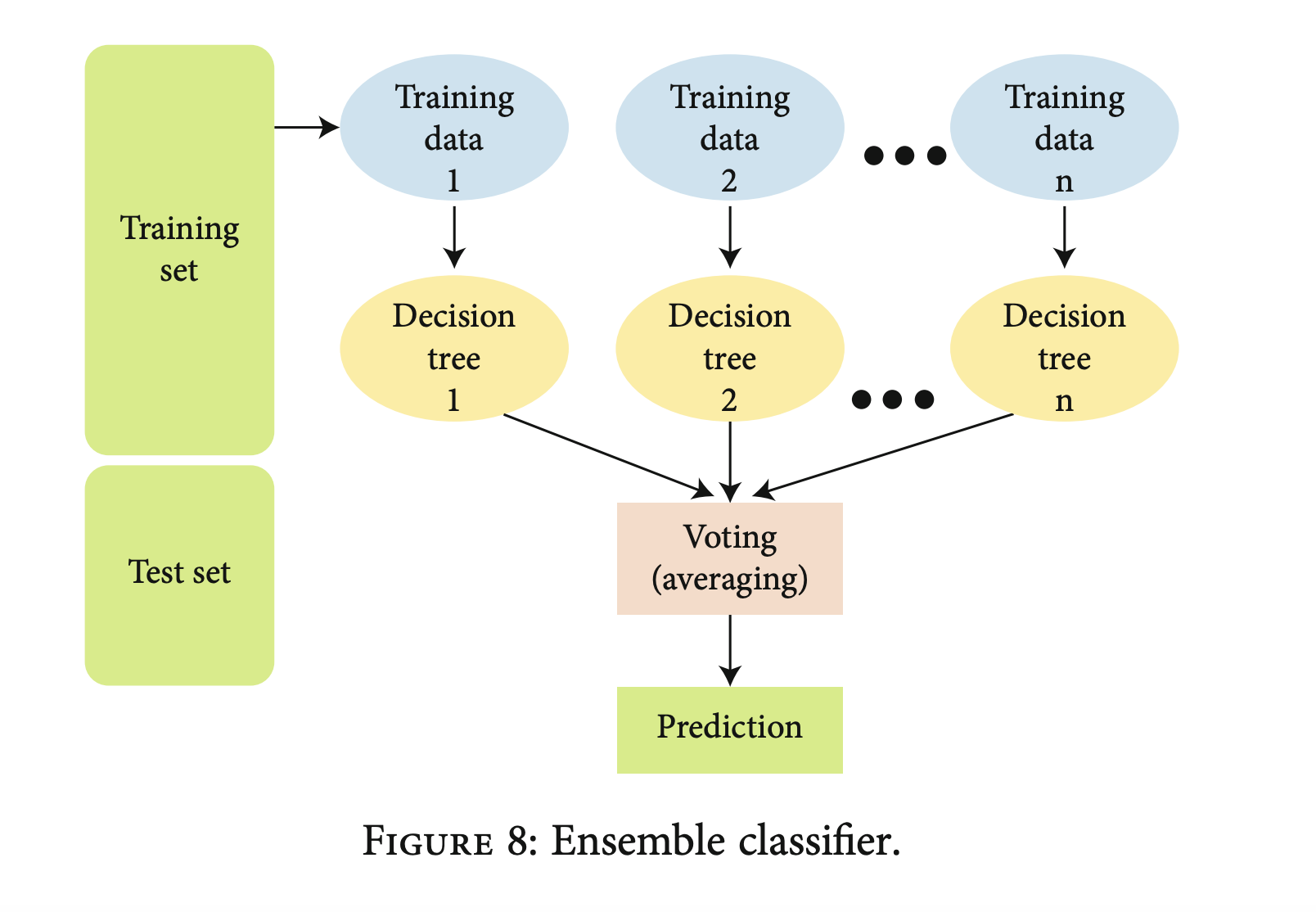
Enhancing Security with Biometric Authentication
Biometric authentication is a powerful way to improve security against cyber threats. As technology evolves, hackers are finding new ways to bypass traditional security methods like passwords and PINs, which can be easily guessed or lost.
Limitations of Traditional Security
Traditional methods such as passwords, PINs, and keys have significant weaknesses, including:
- Vulnerability to hacking
- Risk of loss or theft
This underscores the need for more user-friendly and secure authentication methods that can adapt to changing cybersecurity challenges.
Benefits of Multimodal Biometric Systems
While biometric systems are gaining popularity, single-method systems can be tricked. Multimodal biometric systems combine different traits, such as iris and ECG data, making it harder to duplicate. These systems improve accuracy, reduce the chance of spoofing, and are more resilient to noise.
Challenges of Multimodal Systems
Despite their advantages, multimodal systems can be complex and may raise privacy concerns. The ongoing challenge is to balance security, usability, and privacy as cybersecurity threats continue to evolve.
Innovative Methodology for Improved Detection
Recent research published in BioMed Research International introduces a new approach that combines feature-level and decision-level fusion to enhance detection accuracy. Key stages include:
- Preprocessing: Enhances data quality.
- Segmentation and Feature Extraction: Focuses on ECG and iris signals.
- Feature Fusion: Combines and refines features.
- Decision-Level Fusion: Assesses similarity between ECG and iris inputs.
Detailed Feature Extraction Processes
Iris Feature Extraction: Data is captured in controlled lighting to ensure accuracy. The iris is segmented using edge detection and Gabor filtering for robust feature extraction.
ECG Feature Extraction: Features are extracted using wavelet transform and Principal Component Analysis (PCA) to identify important wave components.
Ensemble Classifier for Robust Authentication
The final stage uses an ensemble classifier that combines predictions from multiple decision trees to enhance accuracy. This method learns patterns from both ECG and iris data for reliable authentication.
Promising Results
Tests with data from 45 users showed that this new approach achieved:
- Accuracy: 95.65%
- Sensitivity: 96.2%
- Precision: 96.55%
This method outperformed traditional classifiers, proving its effectiveness in multimodal scenarios.
Conclusion
This multimodal biometric authentication system represents a significant step forward in cybersecurity. By integrating ECG and iris data, it offers improved accuracy and resilience against spoofing, making it a reliable alternative to traditional methods.
For more insights, check out the research paper and follow us on Twitter, join our Telegram Channel, and connect with our LinkedIn Group. Don’t forget to join our 65k+ ML SubReddit!
Unlock Your Business Potential with AI
Stay competitive by exploring how AI can transform your operations:
- Identify Automation Opportunities: Find key customer interactions that can benefit from AI.
- Define KPIs: Ensure measurable impacts from your AI initiatives.
- Select an AI Solution: Choose tools that meet your specific needs.
- Implement Gradually: Start small, gather data, and expand wisely.
For AI KPI management advice, contact us at hello@itinai.com. For ongoing insights, follow us on Telegram or Twitter.
Discover how AI can enhance your sales processes and customer engagement at itinai.com.



























